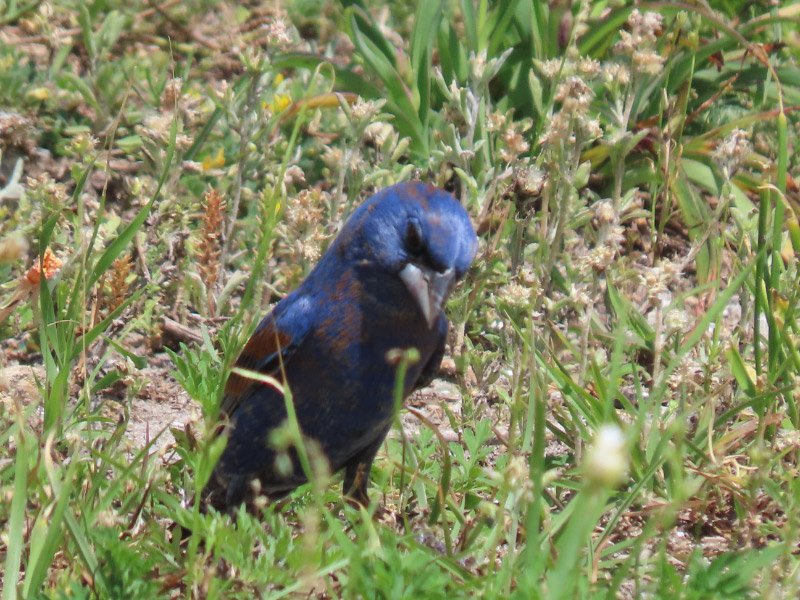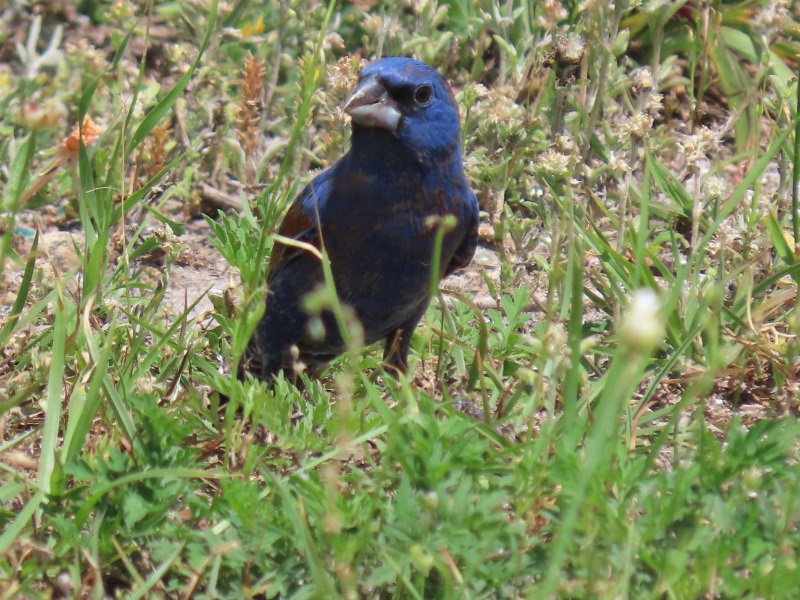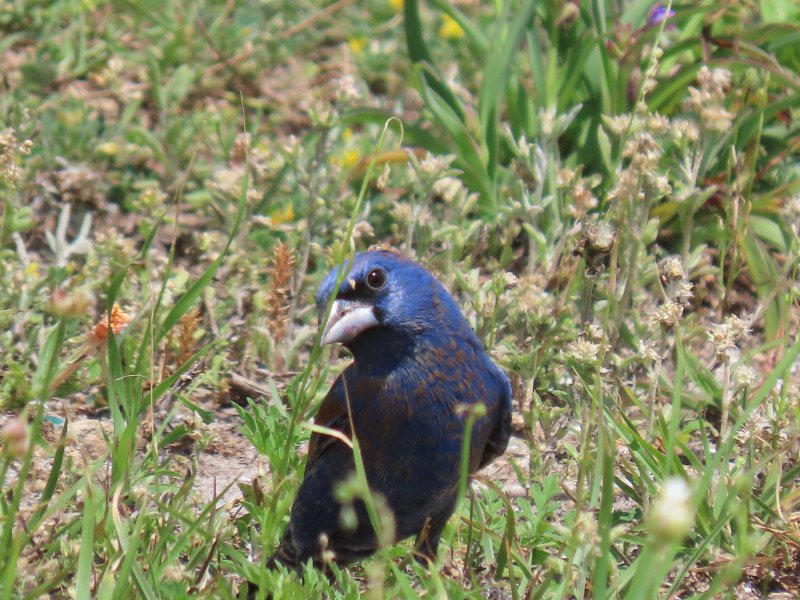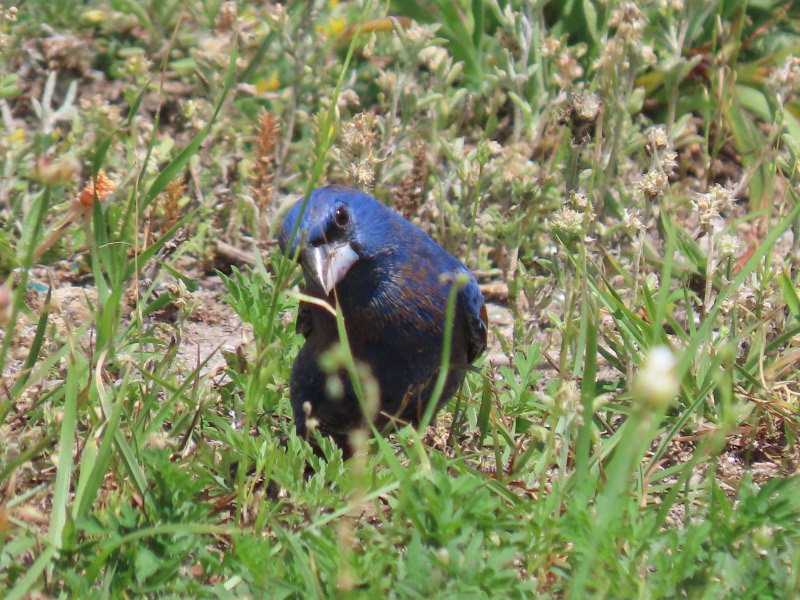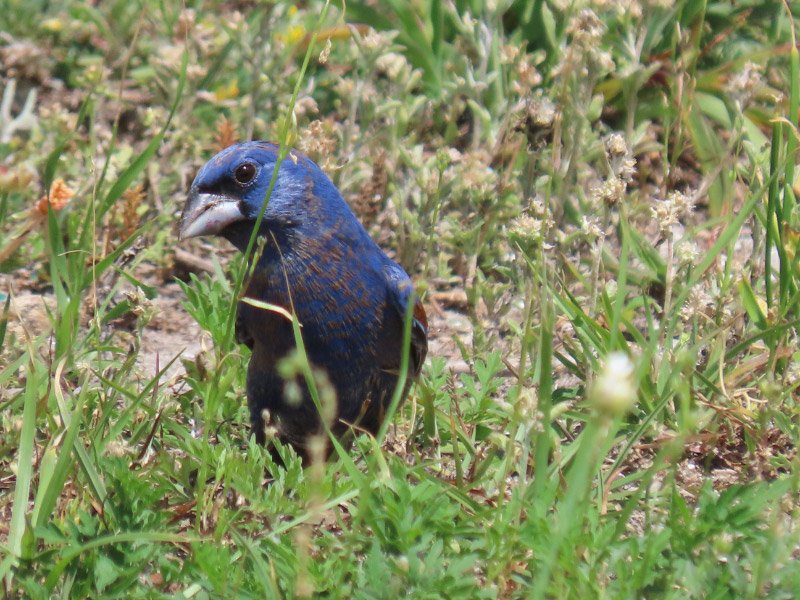Fort Pickens
/We visited the Fort Pickens area of Gulf Islands National Seashore twice during our visit to Pensacola. We looked at the fishing pier area first --- searching for birds. Brown pelicans were searching for breakfast…not minding the fishermen on the pier nearby. They are probably in the area year-round.
Some of the structures were derelict. Water and salt are hard on concrete.
Several immature red-breasted mergansers were also finding food in the surf. They might continue north even though they are not breeding this year.
Willets and a great blue heron were wading in the surf.
Immature Bonaparte’s Gulls were on the beach…resting.
Looking toward the mainland from the Fort (on a barrier island), a lighthouse is visible. It is on the Naval Air Station which limits tours to people with military IDs.
We heard and saw small birds in the grass near the historical buildings/discovery center. Looking closer we saw that they were blue grosbeaks! They were probably refueling before they continued their migration northward.
Two osprey were building a nest at the top of a chimney nearby.
On the drive away from Fort Pickens after our first visit, we spotted a mature bald eagle in a tall pine. I’d spotted a large nest as we had driven toward the Fort….so we were looking closely for the bird!
We joined a ranger-led walking tour of the fort to learn a little about its history. Fort Pickens was built after the War of 1812 and before the Civil War….built with slave labor (many were skilled laborers specializing in brick structures). It was the largest brick structure on the Gulf of Mexico after it was finished and was a deterrent to conflict for a time. Its only active use was during the Civil War; it stayed in Union hands for the duration. Much of the brickwork has survived. The Fort was modified for other purposes over the years…with part of the structure used to store land mines! It served as a prison for Geronimo before he was sent to Fort Sill (in Oklahoma). Today – plants grow on the structure and in areas that were once busy with military preparations. The tour was a bit long (1.5 hours); I enjoyed the first hour but was tired for the last half hour.















